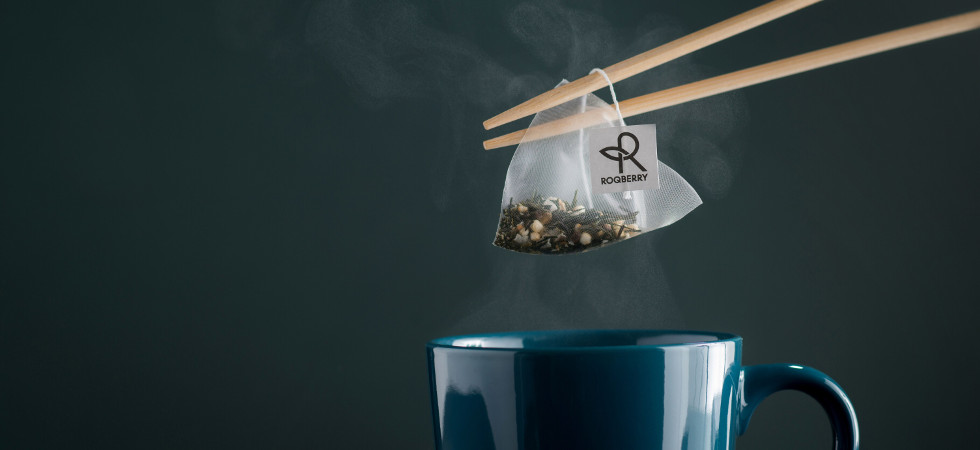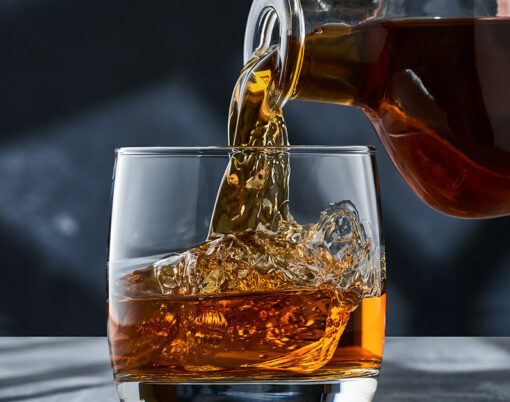Words by Kim Havelaar, tea sommelier and founder of Roqberry.
Tea is ever increasing in popularity and expanding well beyond your everyday brew, with demand for speciality black, green and herbal tea rising year-on-year.
One of the key drivers in this trend is our pursuit of an increasingly healthy lifestyle. Tea has many natural health benefits. It’s sugar free, virtually calorie free, and high in a variety of antioxidants and minerals. In our Western diet, it is also the only source of L-theanine, an amino-acid that naturally relieves stress and calms the mind without drowsiness.
The increased focus on health has also driven down alcohol consumption to its lowest level over the last two decades. As a result, the hospitality sector is seeing an increasing demand for alcohol-free beverages. With tea having such a fantastic ability to complement food dishes, several Michelin-starred restaurants are now offering tea pairing menus alongside their wine pairing menus, allowing guests desiring alcohol-free to join in the same elevated dining experience. Considering most Asian cultures have been pairing their food with tea for centuries, we are only just starting to catch up.
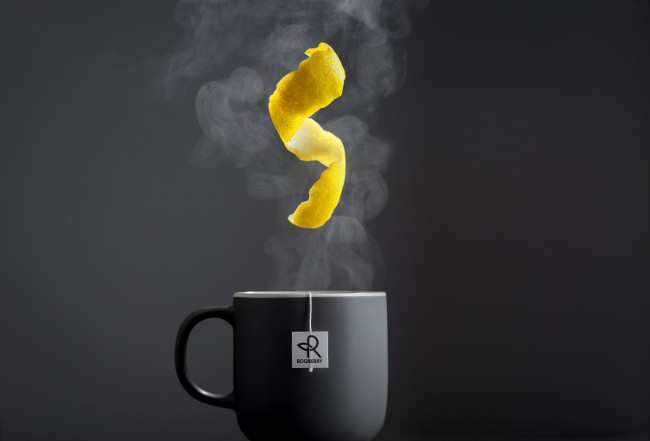
With the growing demand for tea and its increased uptake in high-end restaurants, it is perhaps not surprising that alongside the long established profession of a wine sommelier, a newly emerging role is that of tea sommelier.
In a similar way that a wine sommelier looks after the wine offering of a restaurant, a tea sommelier looks after the tea menu, ensures staff is properly trained on how to brew each tea and its unique characteristics. A tea sommelier also works with the chef to pair tea to the food menu and can suggest teas that best complement a particular dish.
Tea, much like wine, is grown in several countries around the world, each with their own unique processing methods and flavour profiles. Everything in the environment the tea plant grows in (called its ‘terroir’) affects the flavour outcome of the tea. From the soil to the weather, humidity levels and elevation. Tea sommeliers have a broad knowledge of the expansive catalogue of tea, each with its own characteristics.
When it comes to pairing tea with food, neither the food nor the tea should overpower the other in flavour. Therefore, lighter teas such as white or green tea tend to pair better with lighter dishes such as chicken, fish or vegetables, and bolder teas like black tea or smoky Oolongs go best with bolder dished such as duck, beef, or chocolate.
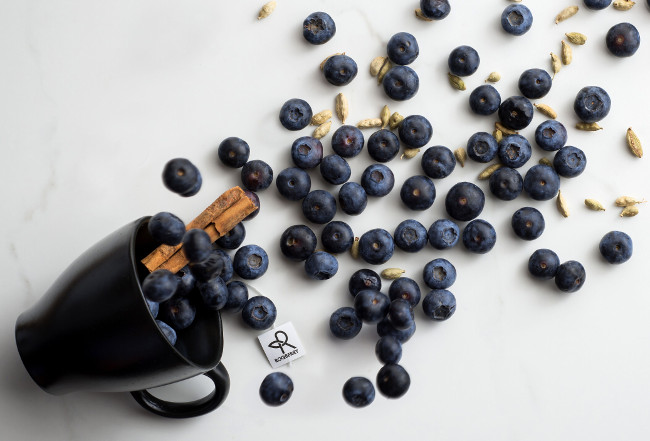
Besides balance, a key objective is to achieve complementing flavour profiles between the food and the tea. It is for this reason that tea blended with other ingredients sometimes makes for the most interesting pairings. Consider the following examples of both a light and a bolder dish:
A beautifully caramelised pan-friend Dover sole accompanied by scallops and a pea tartare makes a perfect pairing with Peppermint Cream – a naturally creamy Oolong blended with peppermint and cacao nibs. The creaminess of the sole and scallops creates a wonderful balance with the creaminess of the Oolong and cacao, while the pairing of pea and peppermint create complementary flavours that infuse freshness.
Rich confit duck with a delectable blackberry puree is paired exceptionally well with Raspberry Fondant – a Sri Lankan (Ceylon) black tea with freeze-dried raspberry pieces and cacao shells. Black tea provides balance against the duck and blackberry pairs perfectly with raspberry to provide a bit of tang that cuts through the richness of the dish.
Tea is versatile and can taste great both warm and cold. If you’re serving your tea warm with food then to get the most enjoyable result have the tea cool down to lukewarm. Within a table setting, warm tea looks most elegant in cups without handles. Either ceramic ones (in Japanese style) or insulated glass ones to blend in seamlessly with the other glassware on the table.
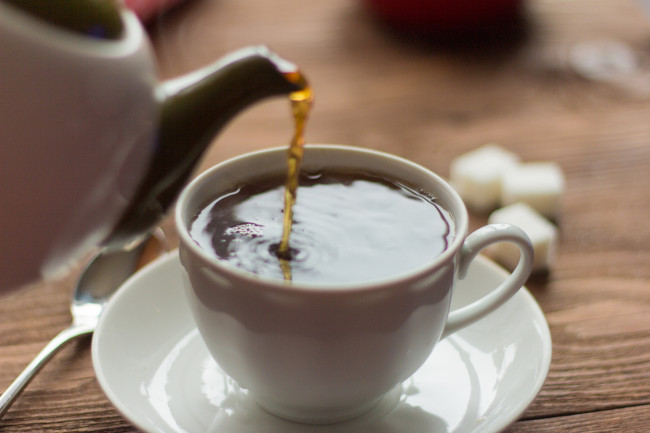
Should you decide to serve the tea cold, you can opt for either coldbrew or iced tea. Coldbrew may give you a more mellow result, however it will require a brew time of around 14-16 hours depending on the tea and the temperature of the water (room temperature or colder). To make iced tea simply brew the tea as usual and chill it down. It’s possible to create a sparkling cold tea by using half the normal amount of water to brew a more concentrated tea. Then top it up with sparkling water prior to serving. Iced tea makes for great mocktails that will do well at garden parties or the poolside. You can add a slice of fruit to dress it up, lemon, orange and strawberry slices are all great options. Serving sparkling tea in a champagne glass is a great alcohol-free alternative that will look festive at any dinner party. Try for example a Jasmine green tea or a Long Jing.
With so many flavours to choose from and so many ways to serve the tea, it’s easy to adapt it to the look and feel of the event you have planned. For an urban feel, a chilled Earl Grey over ice in a high glass with a spiral of lemon peel will look sleek and sophisticated while at the countryside a herbal infusion such as Bloom Box which contains a variety of 11 flowers looks pretty and floral, including chamomile, rose, hibiscus and pomegranate.
When choosing tea for your next event, remember to pay attention to the quality of the tea as well as the quality of the water you are using. Tea is in essence infused water and so the quality of the water matters a fair bit. Unless you live in an area with extremely pure tap water, filtered water is best. It will give you a much richer flavour and ensures the tea will look clear in the glass.

If you regularly drink white, green or Oolong teas, it’s worth opting for a temperature controlled kettle to get the best results out of your tea. Whilst very precise temperature guidelines exist for most type of tealeaves, an easy to remember rule is: black and herbal at 100◦C and all others at 80◦C.
With the above in mind, you will be able to create a wonderful flavour experience that elevates any social gathering.
ABOUT THE AUTHOR
Kim Havelaar is an accredited tea sommelier and the founder of Roqberry. This is a new brand of tea, focused on bringing big flavour to tea. With high quality ingredients, hand blended in the UK, Roqberry offers both unique flavoured blends as well as top quality artisan varieties.












